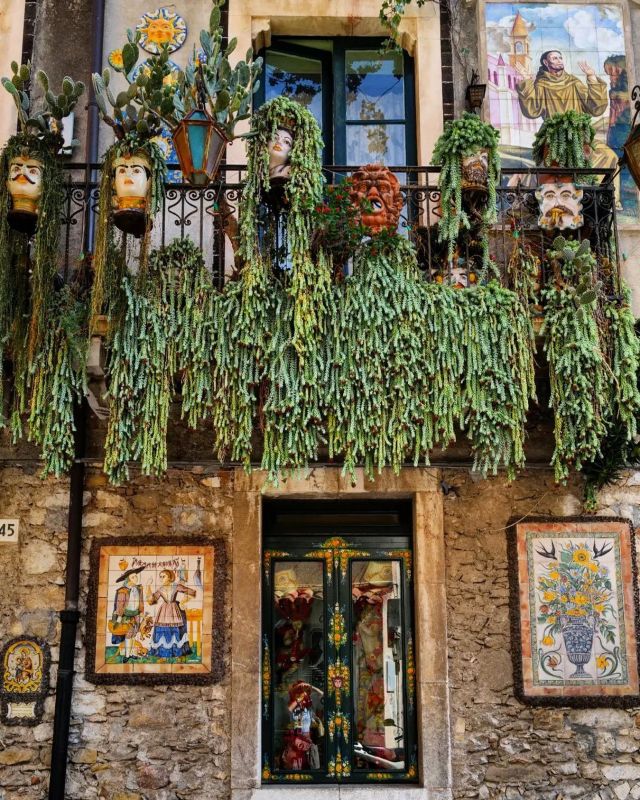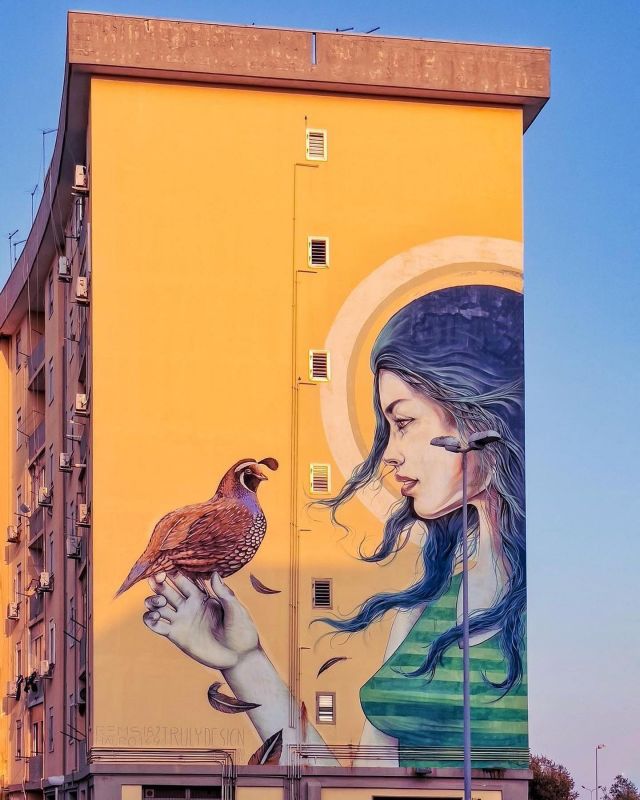Palazzo Reale in Palermo
Detail
The monumental building is part of the Arab-Norman Palermo route and the Cathedrals of Cefalù and Monreale UNESCO World Heritage.
It is likely that both the Phoenicians and the Romans built on the hill where the palace stands today as a fortified citadel to dominate the entire area of the city. Nothing remains of these first constructions. After having built a castle there in turn, the Arabs abandoned it, as the Emir preferred to move all his officials and troops to the quarter of Al-Halisah by the sea.
As such, it was the Normans who were responsible for restoring and transforming the building into a sumptuous palace. Its core consisted of a very spacious royal hall, also called the “aula verde” (green hall), where the king held assemblies and banquets. The apartments, services and lodgings of the staff were located in different wings, connected by terraces, loggias and gardens rich in greenery and pools of water, which revealed the Arabic taste of the sovereigns who made use of Islamic architects here, as they also did elsewhere. In terms of style, the palace represents one of the culminations of the Fatimid palatial art in the West, both with regard to the architectural qualities and the decorations that the artists lavishly used to embellish the various spaces. After 1250, following the death of Frederick II, the palace began to fall into disrepair. This continued for about three centuries, until the Spanish viceroys chose it as their residence. While on the one hand they saved the palace from complete abandonment, on the other they modified it according to their own taste. As such, few of the original Norman rooms have retained their original appearance. Among these, there are two authentic gems: the Sala di Ruggero and the Cappella Palatina.
The Sala di Ruggero was originally a bedroom. It is a room with beautiful views overlooking the Gulf of Palermo. The walls are elegantly decorated with mosaics depicting hunting scenes animated by stylised figures and plants. It is a rare example of the mosaic art of the time, which was rooted in Persia and North Africa.
Share this content!
LOCATION



















PLACES
CATEGORIES



 I giardini sospesi
I giardini sospesi





